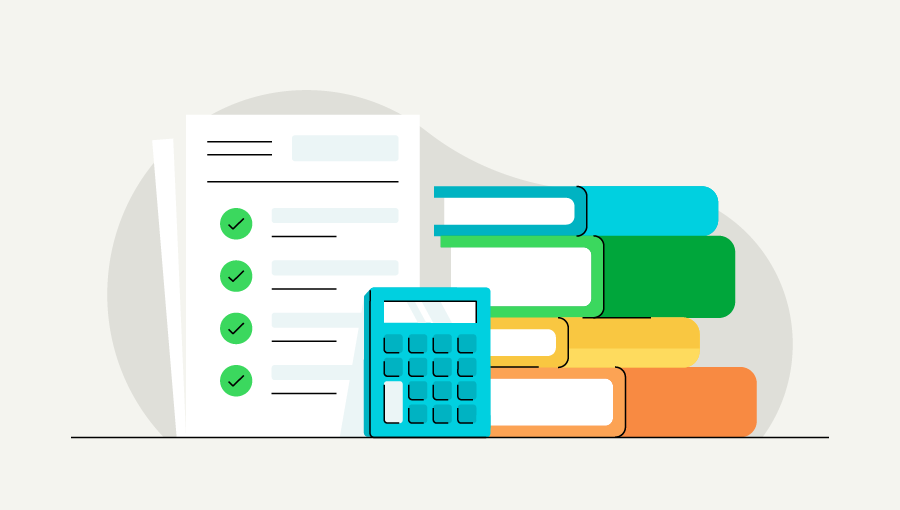1. Your transactions aren’t categorized.
“If you still have transactions in your bank downloads, or you have items in ‘uncategorized income or expense,’ you need to review and place them in the proper categories,” said Alisa McCabe, owner of First Steps Financial. “Once this is complete, you will have a better idea of your financial picture.”
Lisa Brann , CPA, echoes that sentiment. “There should be no balances in the unclassified assets, unclassified liabilities, unclassified income, unclassified expenses, or ‘ask my accountant’ accounts. These accounts are holding accounts. If there is a balance in any of these accounts, they need to be researched and reclassified to a real account.”
That being said, be careful when it comes to categorizing expenses as “other” or “miscellaneous.” “Other and miscellaneous account transactions must be identified on a tax return,” said Renee Daggett, CEO of AdminBooks. “This type of categorization is not clear to a tax preparer.”
In addition, Donna Sooter Lim, CEO of Sooter Consulting , recommends making sure your chart of accounts is set up and categorized correctly. “A common mistake is to have credit card payments listed as an expense,” she said. “If you carry a balance on a credit card, it is possible you took the expense at the time of the purchase. The payment is not an expense.”
Finally, make sure your fixed assets are clearly marked for your tax preparer. “The tax preparer will need to know what the asset is,” said Lim. “It’s not enough to put the transaction in the fixed asset accounts.”











